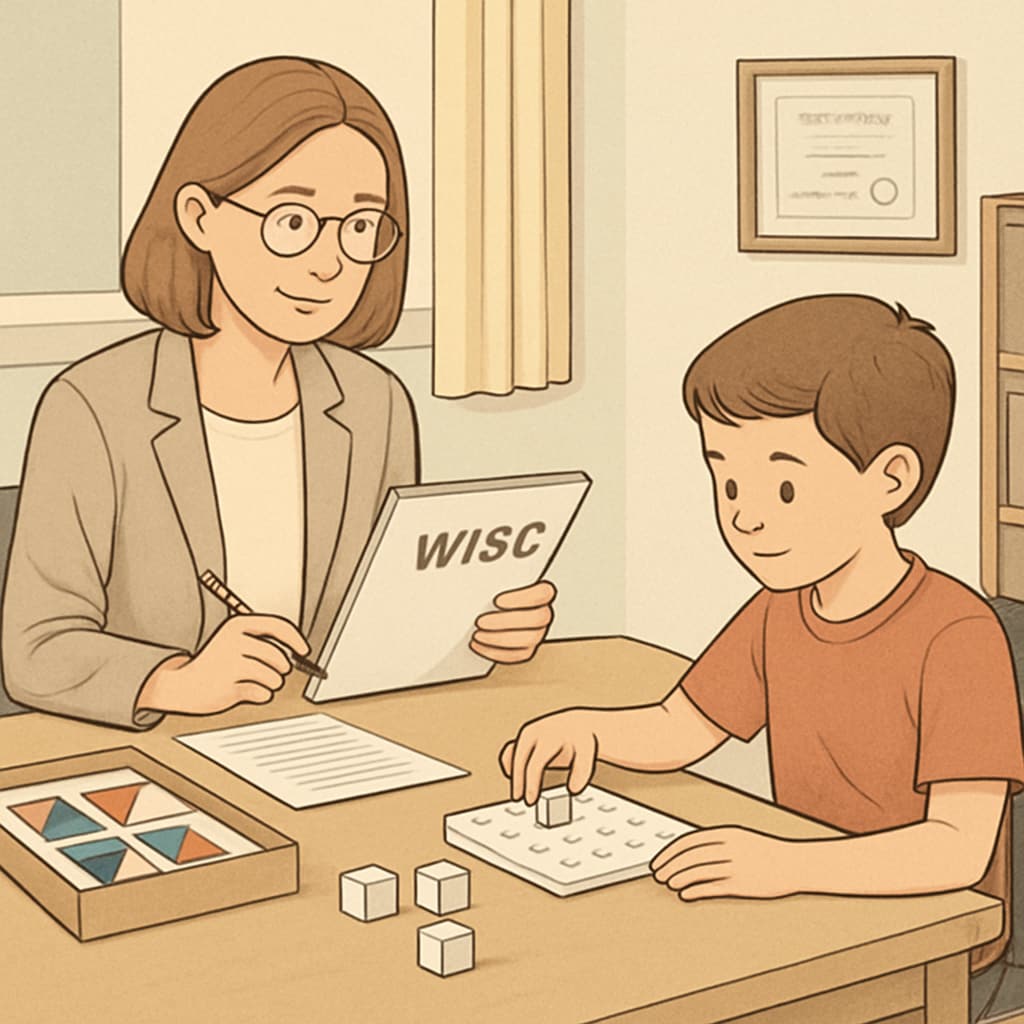Evaluating gifted children often involves standardized intelligence tests designed to measure cognitive abilities, academic potential, and other relevant traits. Tests like CogAT, WISC, and Stanford-Binet are among the most recognized tools for this purpose. Choosing the right assessment method depends on understanding each test’s features and suitability for specific needs. This guide explores these tests in detail and provides insights for educators and parents seeking the best evaluation standards.
What Makes a Test Suitable for Gifted Children?
Gifted children exhibit advanced cognitive abilities, creativity, and problem-solving skills, requiring nuanced evaluation methods. A suitable test should:
- Identify strengths across multiple cognitive domains.
- Provide detailed results to guide educational planning.
- Be age-appropriate and adaptable to diverse learning styles.
Tests like CogAT, WISC, and Stanford-Binet meet these criteria, but each has distinct features and applications.
Comparing Popular Intelligence Tests
Let’s examine the three most widely used tests for assessing gifted children:
1. CogAT (Cognitive Abilities Test)
The CogAT evaluates verbal, quantitative, and nonverbal reasoning abilities, making it ideal for identifying patterns in cognitive strengths. It is commonly used in schools for group testing and gifted program placements.
- Strengths: Practical for group settings; highlights reasoning abilities.
- Limitations: May not fully capture higher-level creativity or specific talents.

2. WISC (Wechsler Intelligence Scale for Children)
The WISC offers a comprehensive assessment of intelligence across multiple domains, including verbal comprehension, perceptual reasoning, working memory, and processing speed. It is widely used by psychologists for individual evaluations.
- Strengths: In-depth evaluation tailored to individual needs; includes detailed subtests.
- Limitations: Requires trained professionals; may be time-consuming.

3. Stanford-Binet Intelligence Scale
The Stanford-Binet is one of the oldest and most respected intelligence tests, offering precise measures of cognitive strengths. It is especially suitable for identifying exceptionally gifted children.
- Strengths: High accuracy; excellent for identifying exceptional talents.
- Limitations: Best suited for individual assessment; less accessible for group settings.
Choosing the Right Test for Your Needs
Several factors should guide your choice of assessment tool:
- Purpose: Is the evaluation for program placement, academic planning, or identifying specific strengths?
- Setting: Group assessments favor CogAT, while individual evaluations benefit from WISC or Stanford-Binet.
- Expertise: Tests like the WISC and Stanford-Binet require trained professionals for accurate administration and interpretation.
- Child’s Age: Ensure the test aligns with the developmental stage of your child.
For educators and parents, understanding these factors can simplify the decision-making process and ensure accurate results.
Conclusion
Evaluating gifted children is a complex yet essential process that supports their academic and personal growth. By understanding the strengths and limitations of standardized tests like CogAT, WISC, and Stanford-Binet, educators and parents can make informed choices tailored to each child’s unique needs. Ultimately, the right test empowers children to thrive and reach their full potential.


